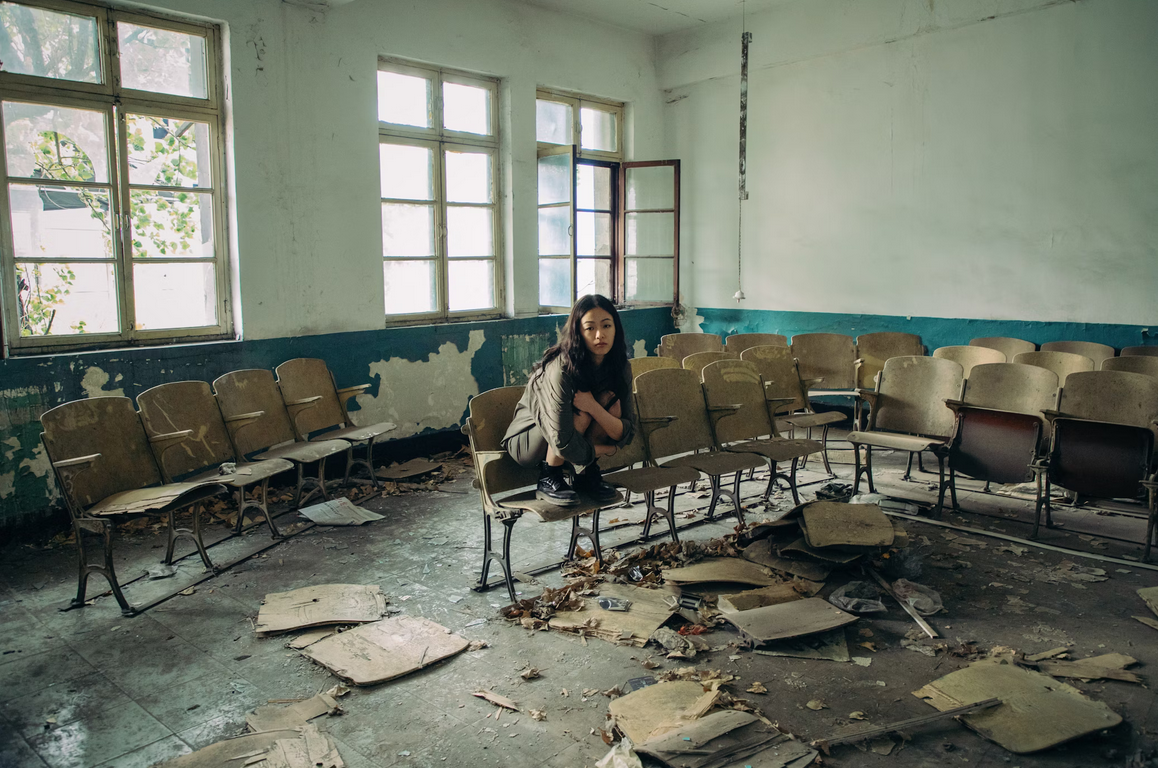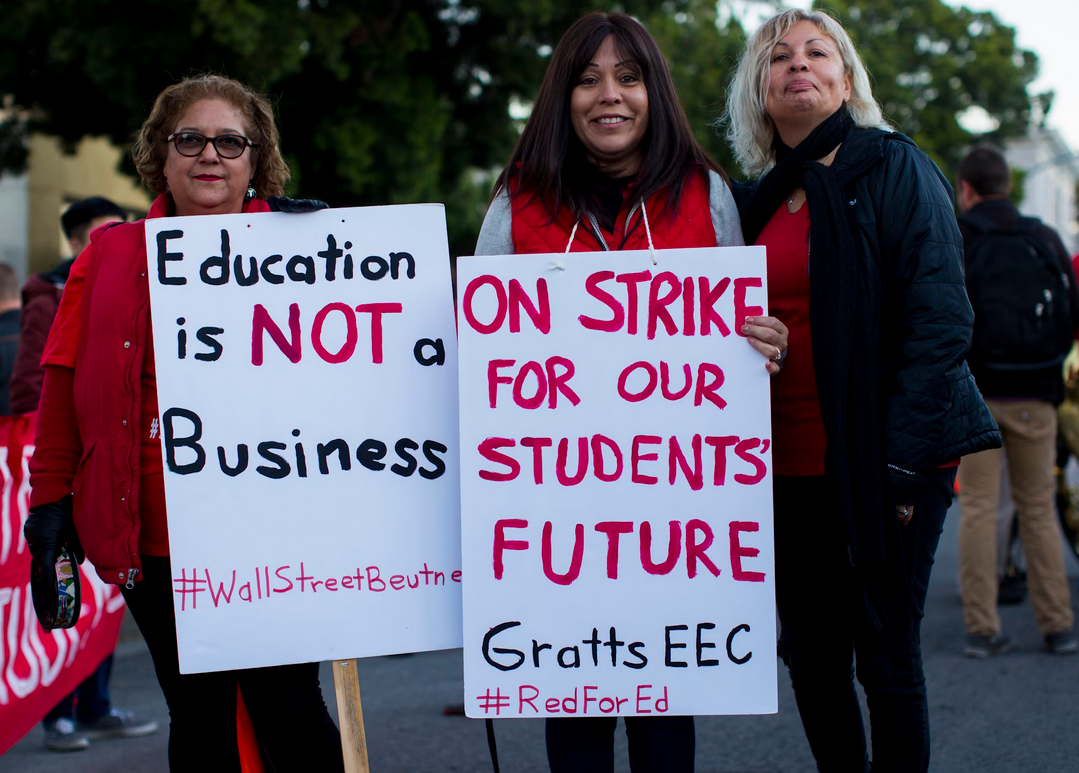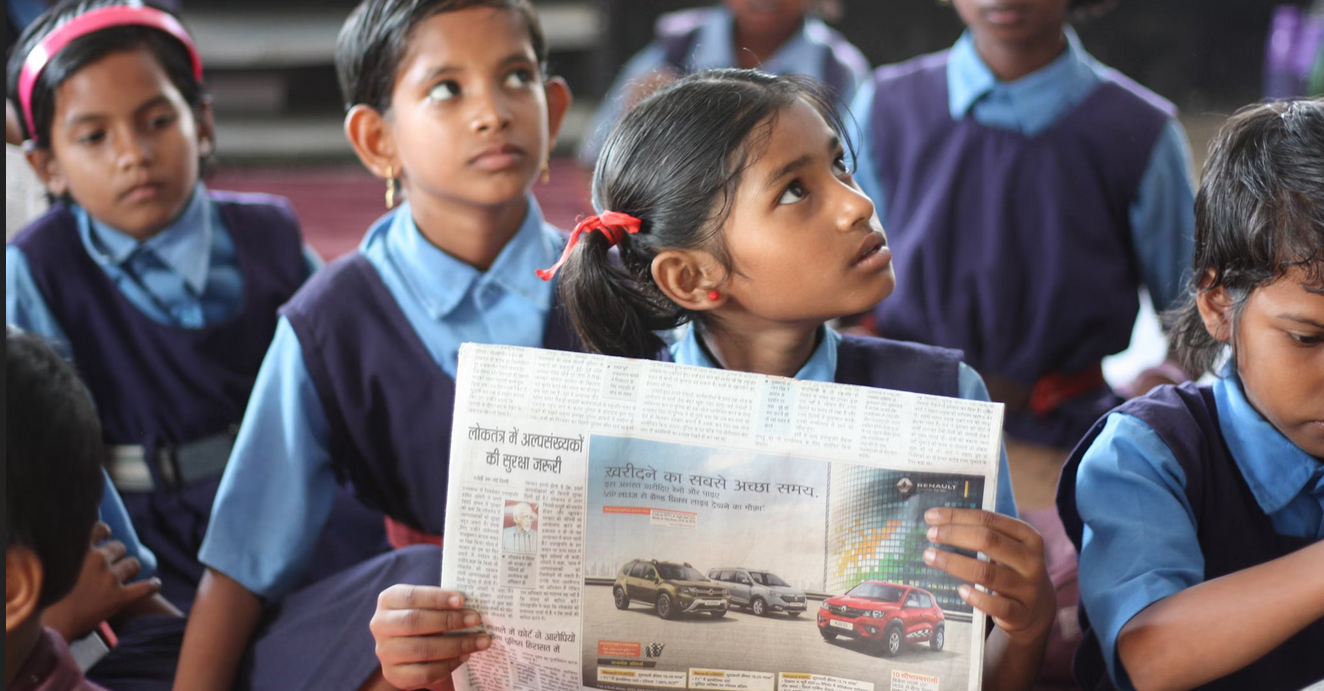
Experienced UIUC graduate student specializing in Math, Computer Science, and Writing
Availability:
Every day, 10:00am-10:00pm PST
Subjects:
Math
Computer Science
Writing
CA Prop 2: Borrowing $10 Billion to Repair Public Schools
Last Updated:

- To repair public schools that are falling apart, Prop 2 would have the government borrow $10 billion through general bonds.
- A successful study strategy involves reducing your cognitive load so you can focus
- Your planning system, your emotional state, and your environment all impact your cognitive load
When we discuss the funding crisis in schools, most people immediately think of underpaid teachers working unpaid overtime, understaffed districts with cramped classrooms, and outdated learning materials.
The physical maintenance of school facilities is often neglected as a side concern. In fact, California’s government has no stream of funding set aside for maintenance, upgrades, and new construction projects. The majority of funding goes to daily operational expenses and staff salaries.
Now, recent estimates show that more than $100 billion will be needed over the next decade to support the facilities in California’s K-12 schools.
Why do we need so much money to fix facilities?
4 out of 10 students go to schools that fail to meet the minimum facility standards. This means they could have some of the following:
Damaged floors, walls, or ceilings
Malfunctioning electrical systems
Gas leaks
Power failures
Structural damage
Broken water pipes
Mold and dry rot
Pest infestations
Heating system failures
Water contamination
All of these represent serious threats to student health on top of their education, especially since they reflect a broader set of failures to create positive environments for students to feel safe and motivated.
A natural disaster like an earthquake, which isn't uncommon in California, can easily lead to fatal consequences if a school with structural damage collapses.
Other disasters like flooding and wildfires that are becoming more severe because of climate change also require upgrades to make facilities climate-resilient.
1 in 5 schools in California have no air conditioning at all, which can lead to heatstroke, vomiting, cramps, dehydration, and lethargy.
Why haven’t we done something already?
The last time voters used bond money to support schools was in 2016. In 2020, there was a proposal for $15 billion in bonds on the ballot, but it was rejected by voters. The last time this happened was 1994, marking a change in voters’ attitudes towards school funding amidst concerns of declining enrollment and high interest that will have to be paid back by higher property taxes.
In case you need a refresher, bonds are a form of loans that governments take to finance long-term projects. Governments often plan to raise taxes to pay for a bond long-term, with the hope that the investments made in the short-term are addressing a long-term problem.
What Will Proposition 2 Do?
Proposition 2 on the current ballot will dedicate $10 billion in bonds to repairing and building facilities in public schools: $8.5b for K-12 Schools and $1.5b for community colleges. With interest, California will have to pay back $18 billion. Annual audits for the funding will be required.
The way allocation would work is that school districts would individually raise money for funding that would later be matched by the state for 60-65%. This likely means increases in property taxes throughout the state.
Who Opposes It, and Why?
This is less than the 2020 proposition, but at a time when voters are still experiencing high inflation and struggling with the cost of living, Californians may be unwilling to pledge to higher taxes.
At the time of this article, we see $0 raised by the opposition. The Howard Jarvis Taxpayers Association, a California-based nonprofit organization that advocates for Proposition 13 and generally advocates against raising taxes, opposes the Prop. So does Reform California, a political organization that has opposed over 300 tax hikes in the state, and Assembly member Bill Essayli.
Other Californians are concerned about the funding allocation, which they claim favors districts in wealthier areas. Since districts use property taxes, schools in wealthier areas will receive more funding from the surrounding wealthier neighborhoods, which is matched by the state from the $10 billion issued in bonds.
In simple terms, more money will end up going to schools in wealthier neighborhoods, so even Californians who favor funding oppose the exact structure of this bill. Wealthier schools may lack some amenities like air conditioning, but poorer schools are struggling to consistently pay teachers their salaries and keep the school functioning. The issues are compounded by the fact that poorer districts are more likely to be in harm’s way with pollution, climate, and natural disasters.
For reference, a place like Culver City can raise $52,000 per student while Lynwood can raise $6000. That’s a huge disparity in resources for schools.
Who Supports It, and Why?
Paradoxically, some poorer school districts are supporters of the bill. Even though it’s imbalanced, some schools are so desperate for funding to stay open that they’re willing to back this proposal instead of getting nothing for years while negotiations continue.
Several notable organizations back the bill as well, such as:
the California Teachers Association
the Coalition for Adequate School Housing Issues
the Members Voice of the State Building and Construction
the Trades Council of California
the California State Council of Laborers
the California Federation of Teachers
the California School Nurses Organization
and the Community College League of California.
They’ve fundraised about $6.6 million on campaigning for the Prop.
Even though the funding structure may be less than ideal for many, lots of schools desperately need upgrades. Neglecting structural issues with school facilities can cause them to worsen and become much more expensive to fix later on, so even an imperfect solution could save money for everyone in the long-term.
Related Articles

Teacher Shortage Crisis: Overworked, Underpaid, Stretched Thin, Burnt Out

Remote Learning is a Game-Changer for Global Education

Finland's Education System Succeeds Because of Equity and Diversity

Pleasanton Mayoral Candidates Square off Over 10 Key Issues
